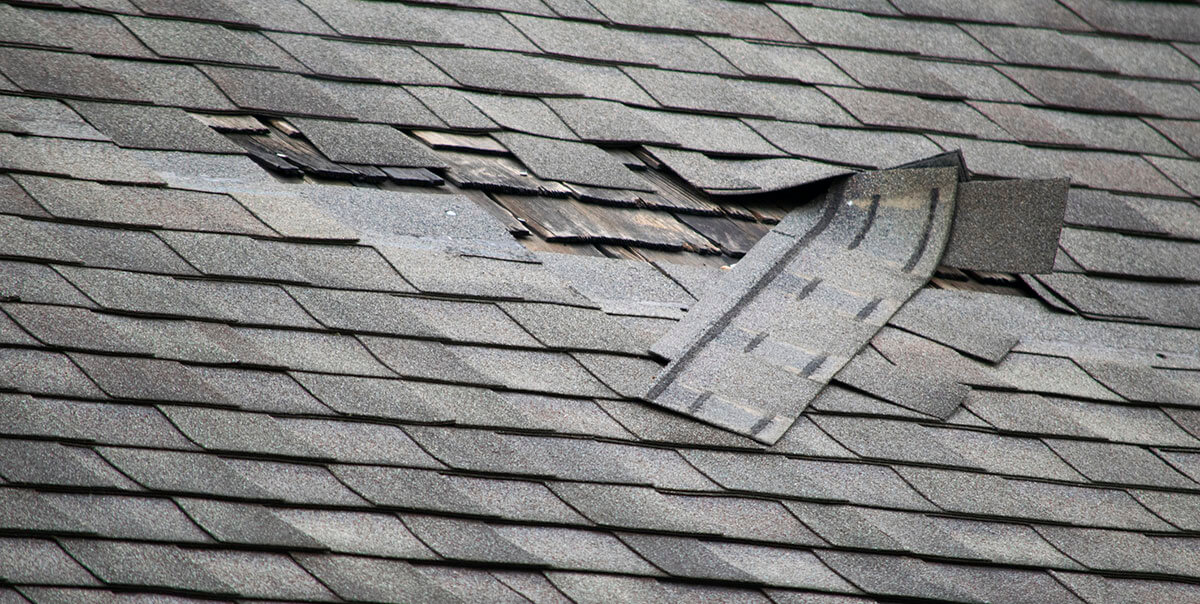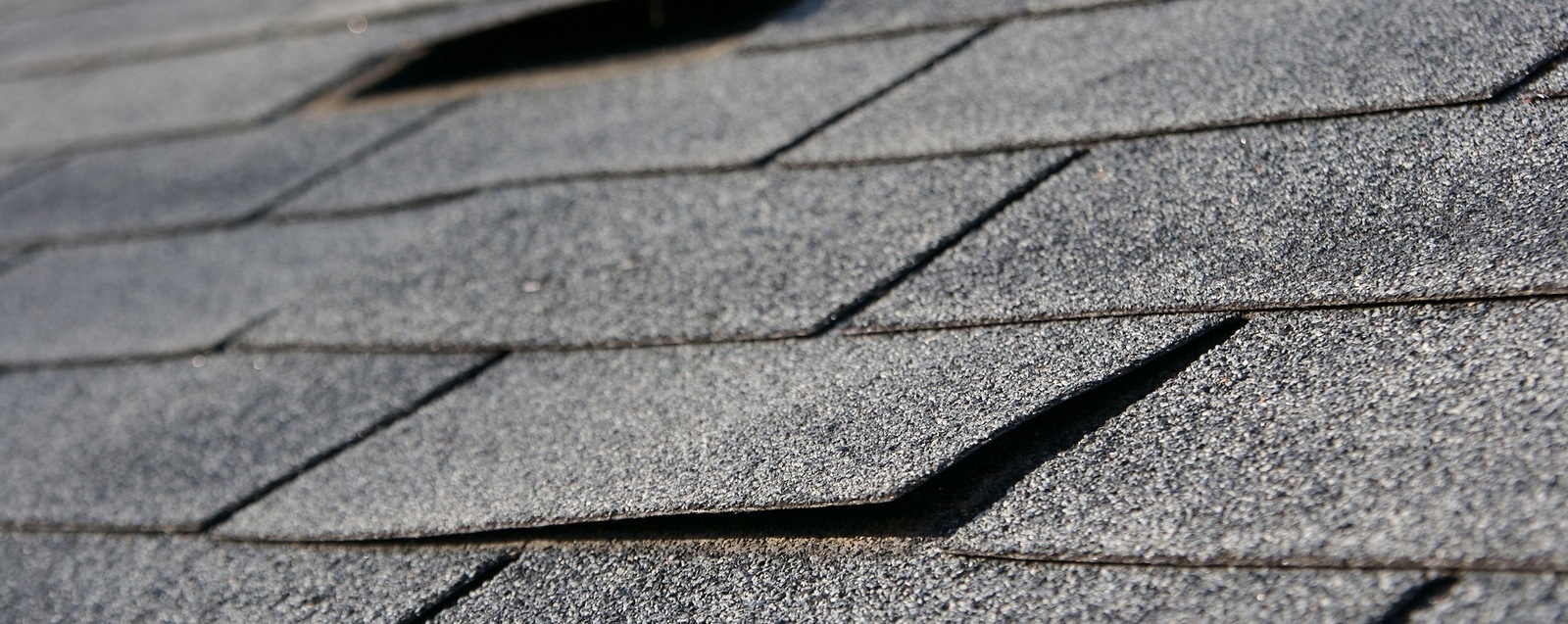As such damage to concrete and clay roofing tiles can also lead to costly repairs and depending on the cause of the damage may or may not be a covered loss.
Wind damage on cement roof.
There are several types of damage high winds can cause to your roof including leaks missing shingles and gutter problems.
Shingles roofs especially take a beating during high winds despite most being rated to withstand 90 mph winds.
Unfortunately this geographic area has a high propensity for storm damage such as hail and high winds.
If you have wind damage to your roof caused by high winds and the accompanying flying debris you need to start the repair process right away starting by working with an experienced contractor to get an estimate and mitigate any further damage by covering the damaged areas of your roof windows etc.
Background in order to assess a range of wind speed that will cause the clay and concrete roof tiles to become hazardous wind borne debris the aerodynamic of the clay and concrete roof tiles need to be understood.
The effect of wind moving over a roof is not uniform.
According to the national roofing contractors association nrca most wind damage to a roof starts on the edge.
Concrete and clay tile roofing resists hurricane force winds.
The effect of wind moving over a roof is not uniform.
How wind damages your roof.
Areas like the corners and perimeter of the roof can be susceptible to higher wind pressures while the center of the roof might have lower stresses.
Different building components such as other roof tiles windows and other vulnerable structural and non structural components.
If wind speeds are very high even new secure shingles can tear away.
Take a look at how wind damage can affect your title roof with kelly roofing showing what types of damage can come from wind.
In many cases homeowners may only first notice damage to roof tiles when they.
Damage to your roof can begin at around 50 mph so you should know how to check your roof for such damage.
Roofs are very susceptible to wind damage in part because high winds do not hit roofs uniformly.
According to the national roofing contractors association nrca most wind damage to a roof starts on the edge.
Natural air ventilation under the tile created by its high porosity and installation techniques used help to relieve wind stress.
Areas like the corners and perimeter of the roof can be susceptible to higher wind pressures while the center of the roof might have lower stresses.










